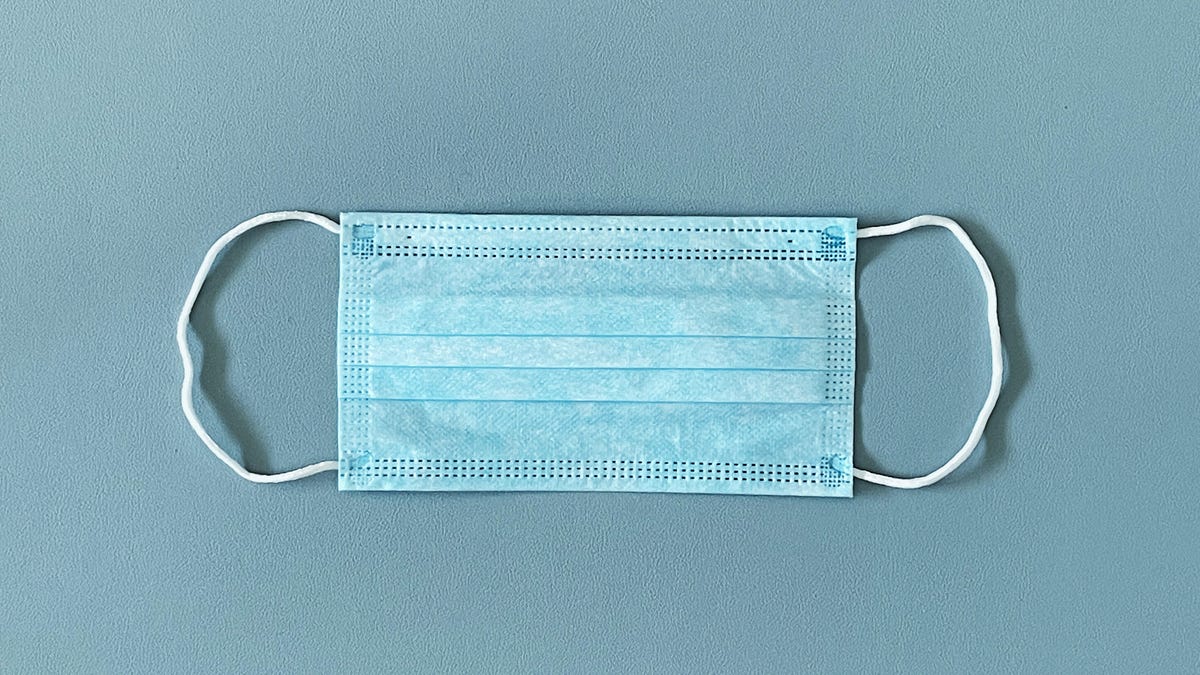CDC Changes Quarantine, Other COVID Guidance
Unvaccinated people no longer need to quarantine if they're exposed but don't have symptoms, though everyone who becomes sick should wear a mask and isolate.

The US Centers for Disease Control and Prevention on Thursday revised its COVID-19 guidance related to testing and exposure. The agency also reiterated some its of previous guidance, including gauging general risk of COVID-19 based on community spread and individual health risks.
The guidance is for public settings, which will impact rules for schools, work places and other spaces. The agency said it will adjust guidance for health care or other higher-risk settings in the coming weeks.
One notable change in guidance is that prevention measures, like quarantining and testing, are no longer based on a person's vaccination status. This means that advice on what to do when exposed to COVID-19 is the same regardless of whether someone is "up to date" on their shots. (Being "up to date" means you've received all the booster shots or vaccines you're eligible for.)
Regardless of vaccination status, you don't need to quarantine after you're exposed -- if you have no symptoms. But you should get tested five days after your exposure and wear a high-quality mask for 10 days.
In a summary of the new guidance, the CDC said the reason for this update is that even people who aren't vaccinated but have had COVID-19 have "some degree" of protection, and that breakthrough infections in people who are fully vaccinated continue to occur but are usually mild.
Also, tests for people who haven't had a known exposure and who don't have any COVID-19 symptoms will no longer be recommended in most cases. This includes in schools, where the CDC no longer recommends routine testing for screening. The CDC also removed its "Test to Stay" information and guidance on Thursday, since this strategy requires regular testing as an alternative to quarantine in children who were exposed and don't have symptoms -- neither of which would be recommended now in most cases.
"This guidance acknowledges that the pandemic is not over, but also helps us move to a point where COVID-19 no longer severely disrupts our daily lives," Greta Massetti, an epidemiologist with the CDC, said in a news release.
The agency also said that continuing physical distancing is "just one component of how to protect yourself and others." The agency pointed to its tracking and guidance based on local COVID-19 community levels. These levels can be low, medium or high, and masking and other preventative guidance will depend on where you live, as well as your individual circumstances.
Isolation guidance -- staying away from others while sick with or experiencing symptoms of COVID-19 -- remains the same for people who have mild symptoms. You should isolate for five days or longer if your symptoms aren't improving or if you still have a fever. You should also stay away from people at higher risk of severe disease until day 11, regardless of whether you're allowed to leave isolation. People with moderate or severe illness such as difficulty breathing should continue to isolate through day 10.
The CDC also clarified that if you end your isolation, but then your symptoms worsen, you should restart your isolation period. If you have questions about your symptoms or how long to isolate, talk to a health care provider.

